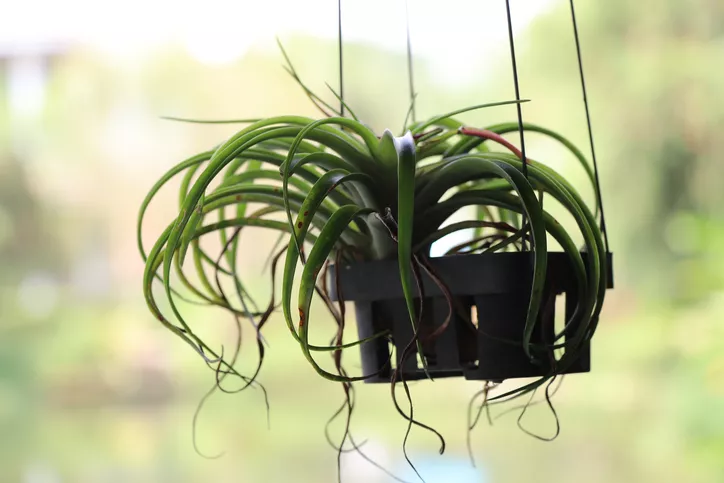Far away from their tropical home in the rain forests, numerous mushrooms lurk on orchids. The most common culprits are the causative agents of black spot disease. However, you are not completely helpless in the face of the attacks. Read about the options available to you to combat fungal infestation here.
 If the fungal infestation is recognized in time, the orchid can often still be saved
If the fungal infestation is recognized in time, the orchid can often still be saved
Treating brown-black spots with natural remedies - this is how it works
As long as a fungal infestation is in the early stages, it is not absolutely necessary to resort to chemical fungicides. The following approaches have proven effective in combating the widespread black spot disease:
- Immediately isolate the affected orchid from other plants
- In the quarantine quarters, first cut or cut off the infected leaves with disinfected tools
- In a bowl, mix cinnamon with water to form an emulsion and brush the entire orchid with it
- Alternatively dust all dark spots repeatedly with charcoal powder
Garlic stock has made a name for itself as a third treatment option for fungal infestation. To do this, crush 5 cloves and blanch them with 500 ml of boiling water. After the liquid has been allowed to steep for 4 hours, pour it through a fine filter and fill the brew into a hand sprayer. Applied undiluted, the stubborn disease will soon be history after repeated use.
Do not confuse mealybug infestation with powdery mildew
If a mealy, gray-white coating spreads out on the leaves, the first diagnosis is usually powdery mildew. In fact, orchids are rarely the victims of powdery mildew spores. What appears to be a thick layer of fungus is mostly caused by mealybugs and mealybugs. To be on the safe side, wipe over with a cloth. If a greasy, white film develops, you are dealing with widespread pests and not with a fungal infestation.
tips
Not all mushrooms are bad for orchids. The mycorrhizal fungus enters into a beneficial symbiosis with seedlings. Since the seeds of orchids are not equipped with nutritive tissue, the mycorrhizal fungus takes over this task during sowing and rearing. In return, the fungi benefit from the photosynthesis of their host plants.